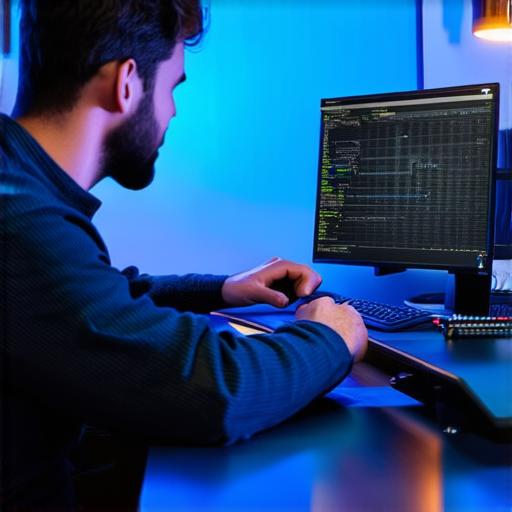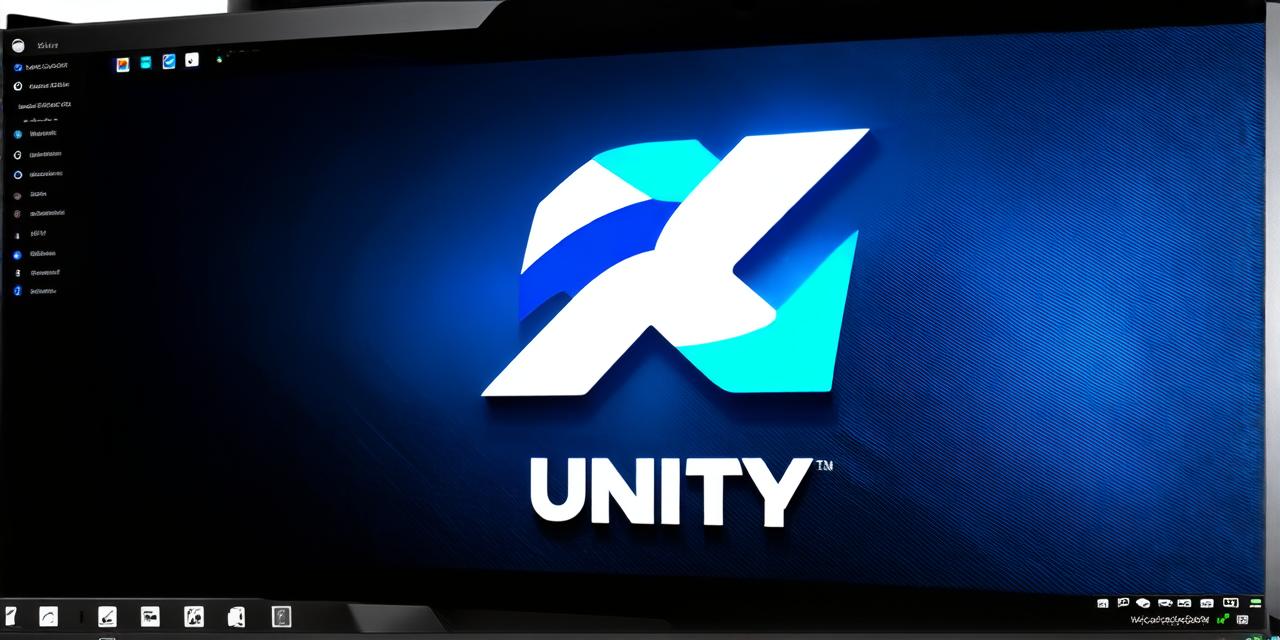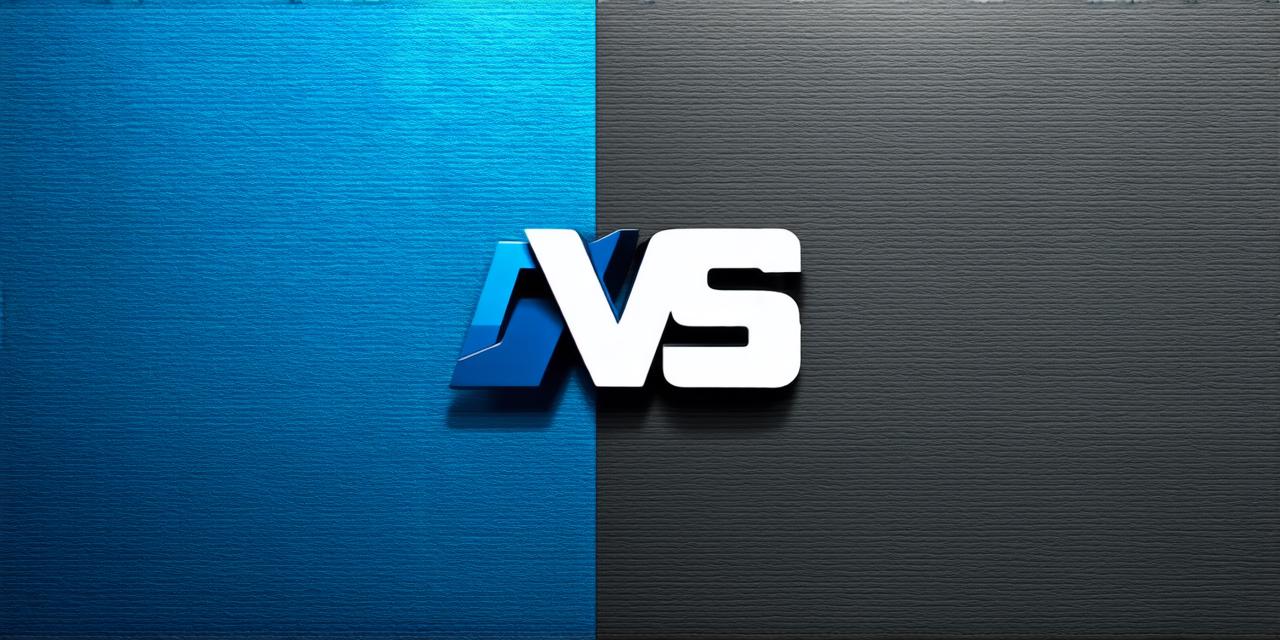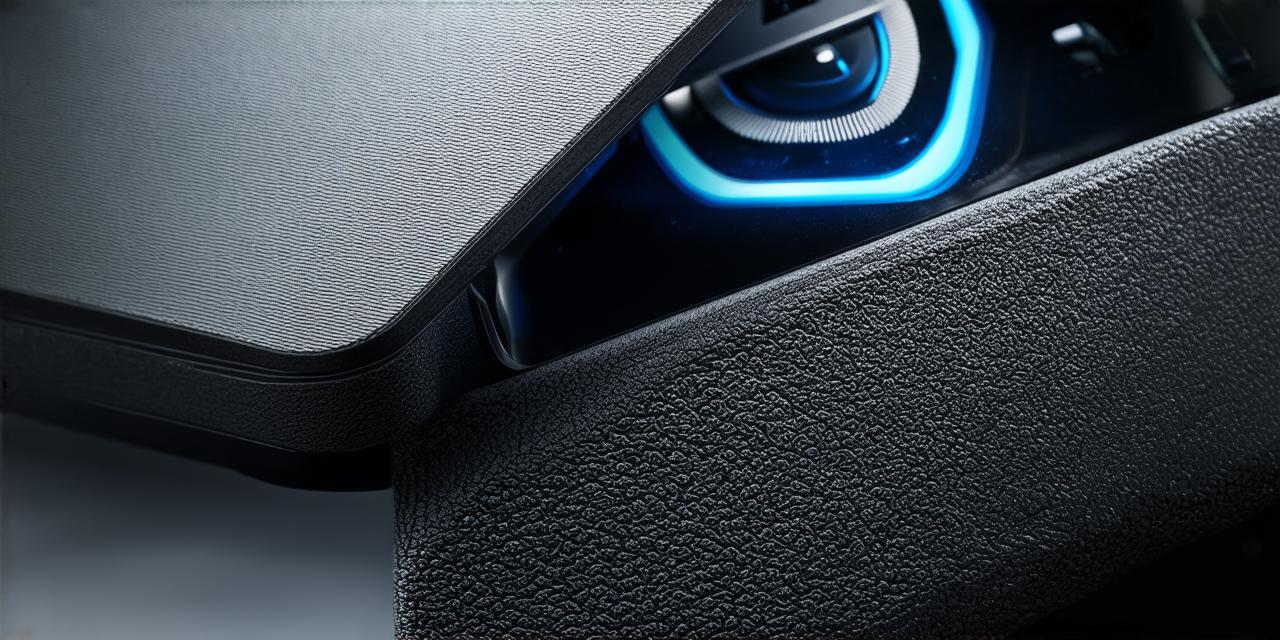Unity is a powerful game engine that has been used to create some of the most popular games and experiences in recent years. One of the key requirements for using Unity is a high-performance graphics card, which can be quite expensive. However, there are some cases where it’s possible to use Unity without a graphics card, so let’s explore this topic in more detail.
What Is a Graphics Card?
A graphics card (GPU) is a specialized processor that is optimized for handling complex visual tasks such as rendering images, animations, and video. It has multiple cores, memory, and other features that allow it to perform these tasks much faster than a CPU alone.

When it comes to using Unity, the graphics card is essential because it handles all the rendering of the game or experience. Without a graphics card, the performance of the engine will be severely limited, making it difficult to run smoothly or even at all.
Can Unity Run on a CPU?
Technically speaking, it’s possible to use Unity on a CPU-only machine, but it’s not recommended because the performance will be very poor. The engine is designed to take advantage of the parallel processing power of the graphics card, which allows it to render complex visual tasks much more quickly.
Even with a low-end graphics card, Unity will perform significantly better than on a CPU-only machine. So if you want to use Unity for gaming or other performance-intensive tasks, it’s definitely worth investing in a graphics card.
Can You Use Integrated Graphics?
Integrated graphics are essentially graphics processing units (GPUs) that are built into the motherboard of a computer. They are often found on low-end and mid-range machines, where a dedicated graphics card would be too expensive.
It’s possible to use Unity with integrated graphics, but again, performance will be limited. The integrated graphics are not as powerful as dedicated graphics cards, so they won’t be able to handle as many visual tasks at once. This can lead to slower frame rates and laggy gameplay, especially if the game or experience is complex or demanding.
Case Study: Using Unity on a Low-End Machine
Let’s take a look at an example of using Unity on a low-end machine with integrated graphics. Suppose you have an old laptop with an Intel Core i3 processor and an integrated HD Graphics 4000. You want to use Unity to create a simple 2D game.
At first, the performance will be very poor. The frame rates will be slow, and the game will lag constantly. However, if you optimize your game for low-end hardware, it’s possible to make it run smoothly on this machine. For example, you can reduce the complexity of the graphics, use simpler animations, and minimize the number of objects on screen at any given time.
Personal Experience: Using Unity on a Gaming Laptop
As a Unity developer, I’ve used the engine on a variety of machines, including gaming laptops with dedicated graphics cards. I’ve also used it on a low-end laptop with integrated graphics.
While using Unity on a gaming laptop with a dedicated graphics card is always the best option, it’s possible to create simple games and experiences on a low-end machine with integrated graphics. However, it requires a lot of optimization and tweaking to get the most out of the hardware.




